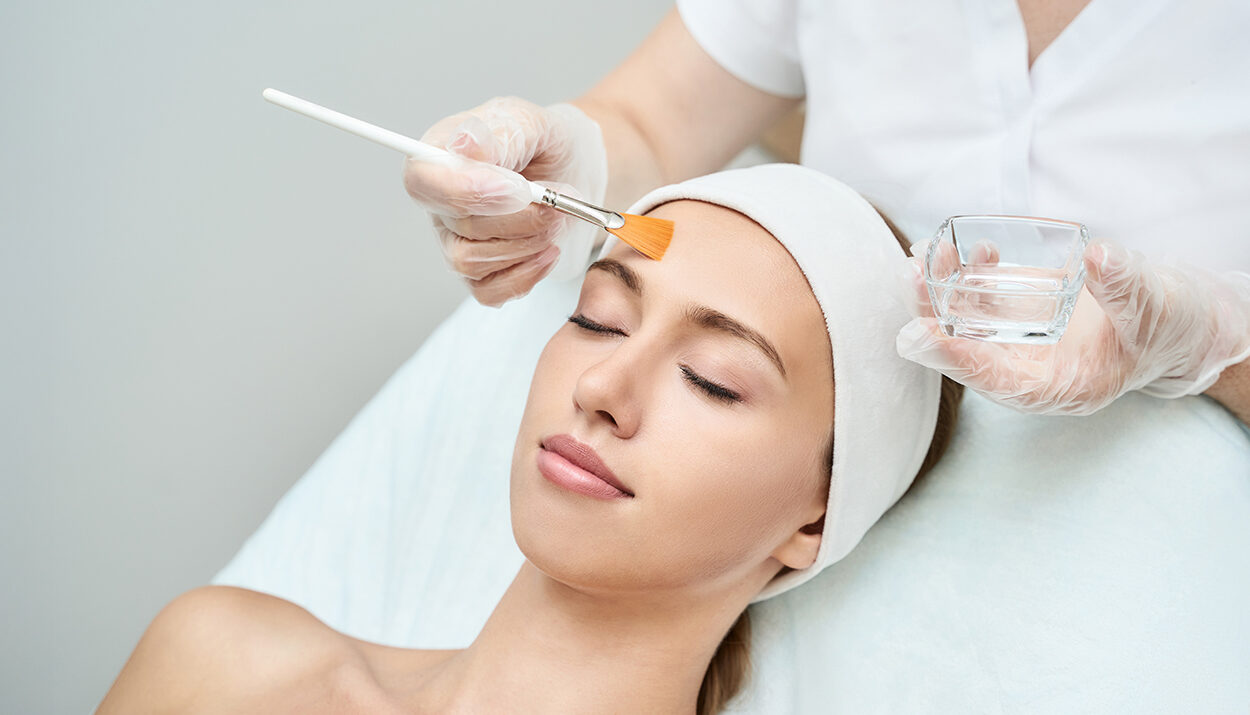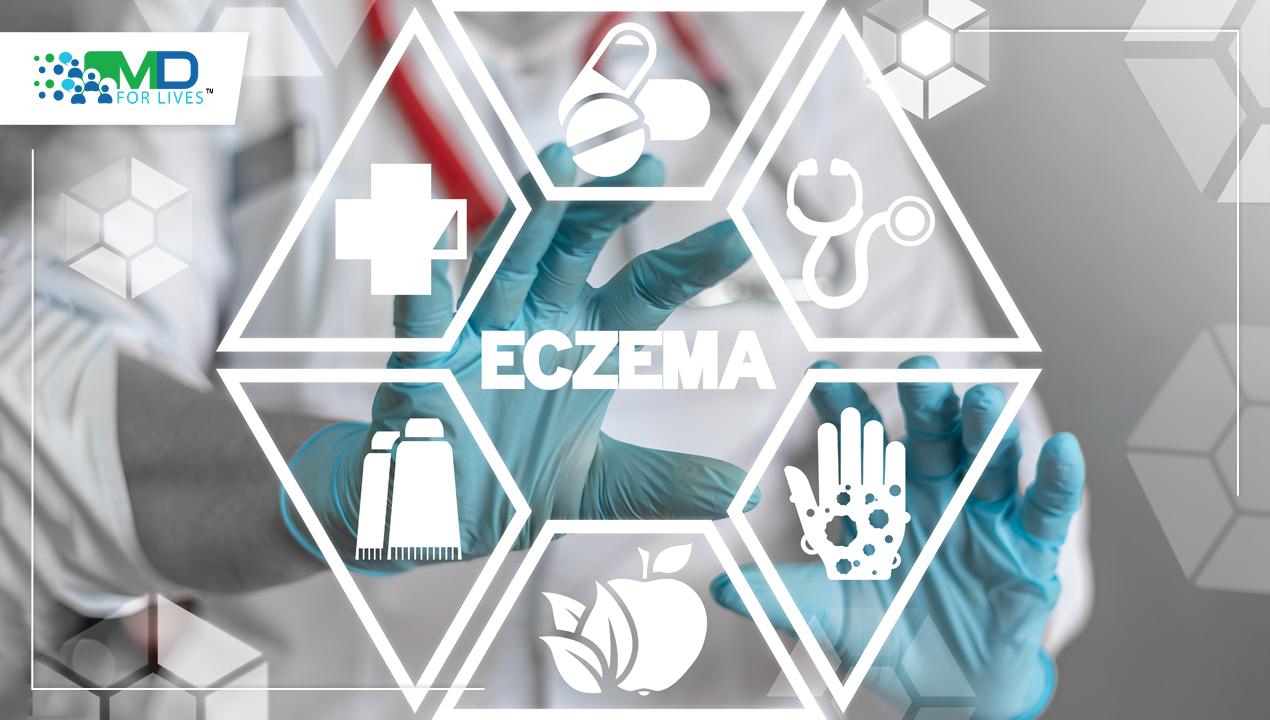Facial chemical peels are widely recognized as a versatile and effective tool in dermatology, providing significant improvements in skin texture, tone, pigmentation, and overall appearance. They are particularly valuable for addressing photoaging, acne scars, melasma, and uneven skin tone. However, like all procedural interventions, chemical peels carry inherent risks. Proper patient selection, pre-treatment preparation, and post-treatment care are critical to maximizing benefits of chemical facial peels while minimizing complications.
This article outlines common complications, preventive strategies, management approaches, and best practices for optimizing outcomes in facial chemical peel procedures, with a focus on providing actionable guidance for dermatologists.
Understanding the Risks of Facial Chemical Peels
Facial chemical peels, while effective, are not without potential adverse effects. The most frequently encountered complications in clinical practice include:
- Prolonged redness (erythema): Extended post-procedure redness beyond the expected recovery period.
- Post-inflammatory hyperpigmentation (PIH): Darkened areas of skin that can persist weeks to months, especially in patients with darker Fitzpatrick skin types.
- Delayed healing: Slower recovery of the epidermis, often associated with underlying skin conditions or prior treatments.
- Superficial infections: These can be bacterial or viral (herpetic) and may arise if proper post-care protocols are not followed.
Certain patient populations are at higher risk for complications. These include:
- Individuals with darker Fitzpatrick skin types due to increased susceptibility to hyperpigmentation.
- Patients with a history of abnormal scarring or keloids.
- Individuals recently on isotretinoin, as their skin barrier may be compromised.
Recognizing these risk factors is essential for pre-procedure counseling, best chemical peel selection, and post-procedure monitoring.
Differentiating Normal Reactions from Concerning Complications

One of the most important skills in chemical peel exfoliation practice is distinguishing between expected post-procedure reactions and complications requiring intervention.
Normal post-procedure responses include:
- Mild redness and erythema.
- Flaking and peeling of the epidermis.
- Temporary discomfort or tightness.
Warning signs that indicate complications include:
- Excessive or disproportionate pain.
- Swelling that persists beyond the expected recovery period.
- Blistering or crusting that appears infected.
- Areas of delayed healing or pigmentary changes that worsen instead of improving.
Early recognition of these signs allows for prompt management, preventing long-term damage, and ensuring patient safety.
Prevention: The Cornerstone of Safe Facial Chemical Peel Practice
Preventing complications is a critical component of chemical peel exfoliation procedures. Prevention strategies focus on patient selection, pre-treatment preparation, and education.
Patient Selection
Proper patient selection starts with evaluating skin type, medical history, and previous procedural outcomes. Dermatologists should consider:
- Fitzpatrick skin type to assess the risk of hyperpigmentation.
- History of scarring, keloids, or abnormal wound healing.
- Current medications, including recent isotretinoin use, which may compromise epidermal recovery.
Selecting appropriate peel type and strength based on these factors is fundamental to achieving safe outcomes.
Pre-Treatment Skincare
Preconditioning the skin can significantly reduce adverse events. Recommended strategies include:
- Topical retinoids to promote epidermal turnover and enhance peel efficacy.
- Pigment stabilizers such as hydroquinone to minimize post-inflammatory hyperpigmentation.
- Sun protection: Emphasizing daily use of broad-spectrum sunscreen is essential.
- Advising patients to avoid harsh or unapproved topical products in the days before and after the peel to prevent irritation and barrier disruption.
Educating patients about what to expect post-procedure also reduces anxiety and ensures they report symptoms promptly.
Optimizing Chemical Peel Techniques
Safe and effective chemical peel exfoliation practice depends on careful technique. Several best practices can help minimize complications:
- Conservative peel strength: Lower-strength facial chemical peels are often safer for patients with darker skin tones or those prone to hyperpigmentation.
- Layering techniques: Applying multiple thin layers rather than a single strong layer can achieve desired results with reduced risk.
- Combination with other modalities: Integrating facial chemical peels with other treatments, such as microneedling or laser therapy, can optimize outcomes while allowing for lower peel strength.
Individualizing peel choice based on skin type, patient history, and treatment goals is crucial for achieving both safety and efficacy.
Post-Procedure Care and Counseling
Patient education on post-peel care is essential for preventing complications and ensuring optimal results. Key elements include:

- Sun protection: Patients must continue rigorous photoprotection post-procedure to prevent PIH and support healing.
- Gentle skincare: Use of non-irritating cleansers and moisturizers helps maintain the skin barrier.
- Monitoring signs of infection or abnormal reactions: Patients should be informed about red flags, including increasing pain, swelling, blistering, or crusting.
Setting realistic expectations about recovery, such as mild redness, peeling, or temporary discomfort, helps patients differentiate normal healing from concerning symptoms.
Facial Chemical Peel – Managing Common Complications
Even with meticulous prevention, complications can occur. Management should be tailored to the type and severity of the reaction.
Barrier Breakdown and Irritation
- Typically responds to gentle emollients and mild topical corticosteroids.
- Reducing further exfoliation or irritation is critical for recovery.
Post-Inflammatory Hyperpigmentation (PIH)
- Managed with topical lightening agents (e.g., hydroquinone, azelaic acid, or tranexamic acid).
- Strict photoprotection is essential to prevent worsening.
- Early intervention can improve resolution and reduce long-term pigmentary changes.
Infections
- Prompt recognition and treatment of bacterial or herpetic infections is mandatory.
- Antimicrobial therapy should be initiated immediately to prevent deeper involvement or scarring.
Timely and appropriate management preserves outcomes and enhances patient satisfaction.
Special Considerations for Patients with Skin of Color
Patients with darker skin types require particular caution, as they are more susceptible to post-inflammatory hyperpigmentation and scarring.
Key strategies include:
- Choosing lower-strength peels or less aggressive formulations.
- Preconditioning with pigment stabilizers and topical retinoids.
- Close follow-up post-procedure to monitor early signs of complications.
- Combining peels with other modalities to reduce intensity while achieving results.
Adapting techniques based on skin type and history significantly reduces adverse events and improves satisfaction.
The Role of Counseling and Expectations Management
Effective communication is as important as technical skills. Setting realistic expectations with patients helps in:
- Reducing anxiety about expected reactions, such as redness, flaking, or temporary discomfort.
- Helping patients understand which signs are normal versus concerning.
- Encouraging prompt reporting of adverse reactions, which facilitates timely management.
Clear counseling reinforces adherence to post-procedure care and strengthens the therapeutic alliance, leading to better outcomes.
Key Takeaways for Dermatology Practice
- Risk assessment is essential: Identify patients at higher risk for complications, including those with darker skin, abnormal scarring, or recent isotretinoin use.
- Pre-treatment preparation reduces complications: Skincare optimization and sun protection are critical.
- Technique matters: Conservative peel strength, layering, and combination with other modalities enhance safety and efficacy.
- Patient education improves outcomes: Clear instructions on post-care and expected reactions empower patients and reduce unnecessary anxiety.
- Prompt management of complications is crucial: Early intervention for barrier breakdown, PIH, or infection preserves results and prevents long-term issues.
- Individualization is key: Tailor peel choice, strength, and follow-up based on skin type, history, and treatment goals.
Final Thoughts
Facial chemical peels remain a powerful and versatile tool in dermatology, capable of delivering remarkable improvements in skin texture, tone, and pigmentation. Achieving optimal outcomes requires a balanced approach that prioritizes patient safety, individualized treatment planning, and meticulous post-procedure care.
Risk mitigation begins with careful patient selection, particularly for individuals with darker skin types, a history of abnormal scarring, or recent use of isotretinoin. Pre-treatment preparation, including skincare optimization and sun protection, sets the foundation for safe results. During the procedure, conservative peel strength, thoughtful layering, and integration with complementary modalities enhance efficacy while minimizing complications.
Equally important is patient education. Clear communication regarding expected chemical peel exfoliation reactions and warning signs empowers patients to participate actively in their care, reducing anxiety and ensuring timely reporting of any concerning symptoms. When complications do arise, prompt and tailored management preserves outcomes and enhances satisfaction.
By combining prevention, careful technique, individualized planning, and ongoing patient education, dermatologists can harness the full potential of chemical peels – delivering safe, effective, and transformative results that improve both the skin and patient confidence.
Want to Share Your Experience, Register Now to Participate in Paid Patient Survey
FAQs
What are the most common complications associated with chemical peels?
The most common complications include prolonged redness (erythema), post-inflammatory hyperpigmentation (PIH), delayed healing, and superficial infections. These are more likely in patients with darker skin types, recent isotretinoin use, or a history of abnormal scarring or keloids.
How can dermatologists minimize the risk of complications from chemical peels?
Risk reduction begins with proper patient selection, pre-treatment skincare (using retinoids and pigment stabilizers), and sun protection. During the procedure, conservative peel strength, layering, and avoiding overlap with recent aggressive treatments are essential. Post-procedure care and patient education further minimize risk.
How do you differentiate normal post-peel reactions from complications?
Normal reactions include mild redness, flaking, and temporary tightness. Warning signs such as severe pain, swelling, blistering, crusting, or worsening pigmentation indicate complications requiring immediate attention.
How can dermatologists safely perform chemical peels on patients with darker skin types?
Use lower-strength peels (like superficial glycolic or lactic acid peels), pre-treat with pigment stabilizers, and emphasize post-procedure photoprotection. Gradual treatments and close follow-up reduce the risk of hyperpigmentation and scarring.
When should chemical peels be avoided?
Chemical peels should be avoided in patients with active skin infections, open wounds, eczema, psoriasis, or recent isotretinoin use. Individuals with a history of keloids or poor wound healing also require caution or alternative treatments.








